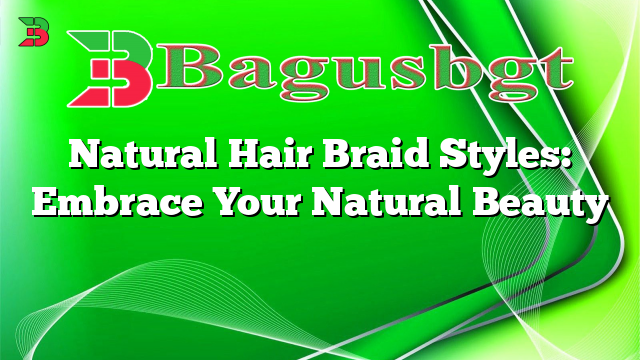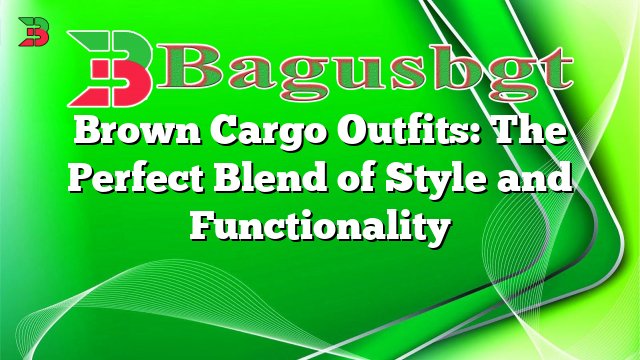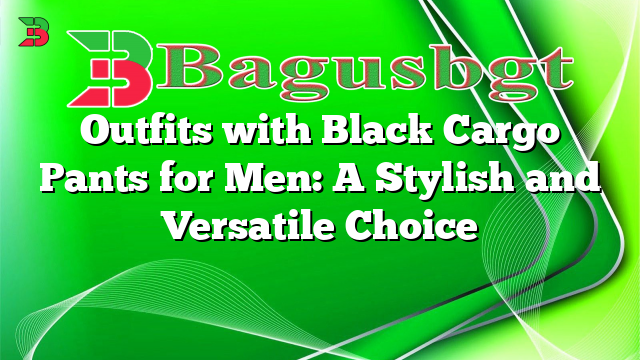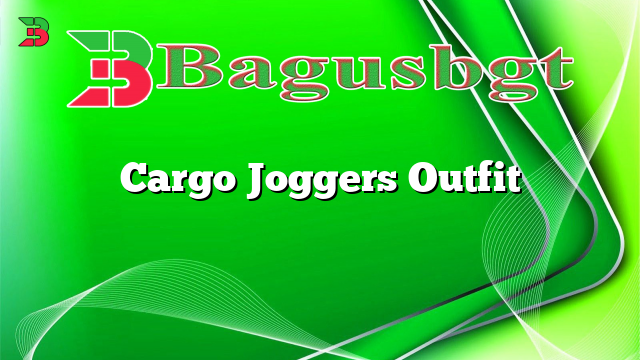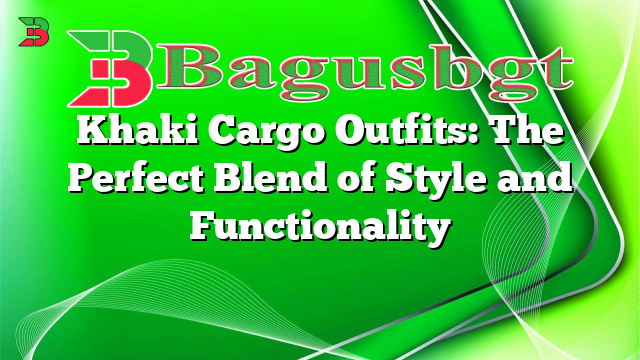Hello readers, and welcome to our comprehensive guide on natural hair braid styles. In this article, we will explore various braiding techniques, their advantages and disadvantages, as well as alternative options for those looking to try something different. Whether you are new to natural hair or an experienced enthusiast, we hope to inspire you with these stunning styles that celebrate and embrace your unique beauty.
1. Box Braids: Classic and Versatile
Box braids are a timeless and versatile choice for natural hair. This style involves sectioning the hair into small, square-shaped parts and braiding them from the root to the ends. The advantages of box braids include their ability to protect the hair, low maintenance requirements, and the variety of styling options they offer. However, box braids can be time-consuming to install, and the weight of the extensions used may cause tension on the scalp.
2. Cornrows: Traditional and Chic
Cornrows are a traditional African hairstyle that has become popular worldwide. This style involves braiding the hair close to the scalp in a series of straight lines. Cornrows are known for their longevity, as they can last for several weeks with proper care. They also offer endless styling possibilities. However, cornrows require skill and precision to achieve neat and even braids. They may also cause scalp tension and hair breakage if done too tightly.
3. Senegalese Twists: Elegant and Glamorous
Senegalese twists are a stunning option for those seeking a glamorous look. This style involves using synthetic hair extensions to create long, twist-like braids. Senegalese twists are known for their versatility and can be styled in various ways. They are also low maintenance and protect the natural hair. However, the installation process can be time-consuming, and the weight of the twists may cause discomfort or strain on the scalp.
4. Faux Locs: Trendy and Bohemian
Faux locs are a popular choice for individuals who want to achieve the look of real dreadlocks without the commitment. This style involves wrapping extensions around the natural hair to create the appearance of locs. Faux locs offer a unique and edgy look, and they can be styled in various ways. They also provide a protective barrier for the natural hair. However, the installation process can be time-consuming and may cause tension on the scalp.
5. Halo Braid: Romantic and Feminine
The halo braid is a romantic and elegant style that involves creating a braid crown around the head. This style is versatile and can be worn for both formal and casual occasions. The halo braid offers a polished and sophisticated look, and it keeps the hair neatly in place. However, it may require some practice to achieve a perfect halo braid, and it may not be suitable for shorter hair lengths.
6. Ghana Braids: Intricate and Eye-Catching
Ghana braids, also known as feed-in braids or invisible cornrows, are a stunning choice for those who want to make a bold statement. This style involves adding extensions to the natural hair using a cornrow technique. Ghana braids can be styled in various patterns and designs, creating a unique and eye-catching look. However, the installation process can be time-consuming and may cause scalp tension.
7. Twist Outs: Defined and Voluminous
Twist outs are a popular choice for individuals with natural hair who want to enhance their curl pattern. This style involves twisting sections of damp hair and allowing them to dry before unraveling the twists. Twist outs create defined curls and add volume to the hair. They are also easy to do at home. However, twist outs may not hold their shape for long periods, and they may require regular maintenance to prevent frizz.
8. French Braids: Classic and Elegant
French braids, also known as French plaits, are a timeless and elegant choice for natural hair. This style involves braiding the hair close to the scalp in a three-strand technique. French braids offer a polished and sophisticated look that can be worn for various occasions. They also keep the hair neatly in place and provide a protective style. However, French braids may require some practice to achieve a perfect braid, and they may not be suitable for shorter hair lengths.
9. Crochet Braids: Quick and Easy
Crochet braids are a popular option for those who want to achieve a stylish look without spending hours in the salon. This style involves attaching pre-braided extensions to the natural hair using a crochet hook. Crochet braids offer a wide range of styles and can be installed quickly. They also protect the natural hair and allow for easy maintenance. However, crochet braids may cause tension on the scalp if installed too tightly, and they may require a longer installation time for beginners.
10. Waterfall Braid: Romantic and Ethereal
The waterfall braid is a romantic and ethereal style that creates the illusion of cascading strands of hair. This style involves a continuous French braid technique where sections of hair are dropped and replaced with new ones as the braid progresses. The waterfall braid offers a soft and dreamy look that is perfect for special occasions. However, it may require some practice to achieve a seamless waterfall effect, and it may not be suitable for shorter hair lengths.
Alternative Options for Natural Hair Styles
While braided hairstyles are a popular choice for many, there are alternative options for those looking to explore different styles. Some alternatives include afros, bantu knots, protective updos, and twist braids. These styles offer versatility and allow individuals to express their unique sense of style. It is essential to find a style that suits your hair texture, personal preference, and lifestyle.
Natural Hair Braid Styles: A Comparison
Style |
Advantages |
Disadvantages |
|---|---|---|
Box Braids |
Protective, Low maintenance, Styling options |
Time-consuming installation, Scalp tension |
Cornrows |
Long-lasting, Versatile styling |
Requires skill, Scalp tension, Hair breakage |
Senegalese Twists |
Versatile, Low maintenance, Protects natural hair |
Time-consuming installation, Scalp discomfort |
Faux Locs |
Trendy, Various styling options, Protective |
Time-consuming installation, Scalp tension |
Halo Braid |
Elegant, Suitable for formal and casual occasions |
Requires practice, Not suitable for shorter hair |
Ghana Braids |
Intricate designs, Eye-catching |
Time-consuming installation, Scalp tension |
Twist Outs |
Enhances curl pattern, Adds volume |
Shape may not last, Requires regular maintenance |
French Braids |
Classic, Elegant, Protective |
Requires practice, Not suitable for shorter hair |
Crochet Braids |
Quick installation, Versatile styles, Easy maintenance |
Scalp tension if too tight, Longer installation time for beginners |
Waterfall Braid |
Romantic, Ethereal, Perfect for special occasions |
Requires practice, Not suitable for shorter hair |
Frequently Asked Questions
Q: How long do braided hairstyles last?
A: The duration of braided hairstyles depends on various factors, such as the type of style, the quality of installation, and the individual’s hair care routine. On average, braided styles can last anywhere from two to eight weeks.
Q: How can I maintain my braided hairstyle?
A: To maintain your braided hairstyle, it is essential to keep your scalp and hair moisturized. Use a lightweight oil or a leave-in conditioner to prevent dryness and breakage. Additionally, avoid excessive manipulation or pulling on the braids to prevent damage.
Q: Can I wash my braided hair?
A: Yes, you can wash your braided hair. However, it is important to be gentle and avoid scrubbing or rubbing the braids vigorously. Use a clarifying shampoo or a diluted mixture of shampoo and water to cleanse the scalpand hair. Focus on massaging the scalp and rinsing thoroughly without disturbing the braids. After washing, gently squeeze out excess water and allow the braids to air dry completely.
Q: Can I swim with braided hair?
A: Yes, you can swim with braided hair. However, it is recommended to wear a swimming cap to protect the braids from chlorine or saltwater damage. After swimming, rinse your hair with clean water and follow the necessary maintenance steps to keep your braids looking fresh and healthy.
Q: How do I prevent frizz in my braided hair?
A: To prevent frizz in your braided hair, avoid excessive touching, rubbing, or manipulating the braids. Sleeping with a satin or silk scarf or pillowcase can also help reduce friction and maintain the sleekness of your braids. Additionally, applying a small amount of anti-frizz serum or oil to your fingertips and gently smoothing it over the braids can help control frizz.
In Conclusion
Natural hair braid styles offer a wide range of options for individuals to express their unique sense of style while embracing their natural beauty. Whether you prefer classic and timeless styles like box braids and cornrows or more trendy and glamorous styles like Senegalese twists and faux locs, there is a braid style for everyone.
It is important to consider the advantages and disadvantages of each style, such as installation time, maintenance requirements, and potential scalp tension. Additionally, exploring alternative options like afros, bantu knots, and protective updos can provide even more versatility and creativity.
Remember to take proper care of your braided hair by keeping it moisturized, avoiding excessive manipulation, and following a regular maintenance routine. With the right care and attention, your natural hair braid style can be a beautiful and long-lasting expression of your individuality.
 Bagus Banget Kumpulan Informasi terbaru dari berbagai sumber yang terpercaya
Bagus Banget Kumpulan Informasi terbaru dari berbagai sumber yang terpercaya
